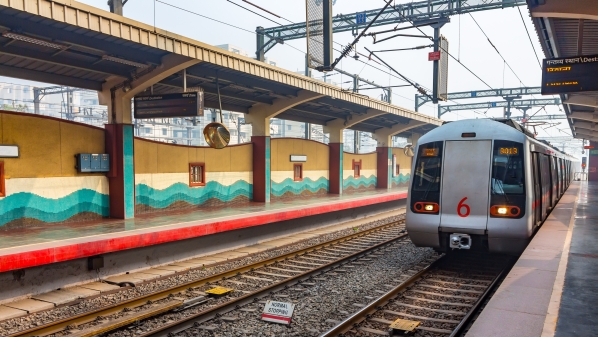With the rising cost of conventional metro rail projects, the Indian government has promoted LRT as an alternative that could be 30% cheaper and implemented quicker than conventional light rail networks.
The LRT system would use rubber-tired coaches powered by overhead electrification. These would be 12m-long single coaches or 18m-long articulated units. The coaches are expected to be 2.55m-wide, with a floor height of between 300 and 350mm and a weight of 10 tonnes.
The system would be suitable for corridors carrying up to 10,000 passengers per-hour-per-direction over the next two decades.
Three corridors under Delhi Metro Phase 4 are expected to be built using the LRT system. The Maharashtra government last August approved the use of LRT along two routes totalling 32km in Nashik, and a detailed project report has been prepared by the Rail India Technical and Economic Service (RITES).
In Gorakhpur, Uttar Pradesh, two elevated corridors with a total length of 28km have also recently been approved while the system is under consideration for use on two corridors in Nashik, Maharashtra state as well as in Gorakhpur, Uttar Pradesh; Warangal, Telangana; and Thiruvananthapuram, Kerala.
Two LRT corridors have also been announced in Jammu and Srinagar, in the Jammu and Kashmir region, at a cost of Rupees 105.6bn ($US 1.5bn).
For detailed data on light rail projects around the world, subscribe to IRJ Pro.

